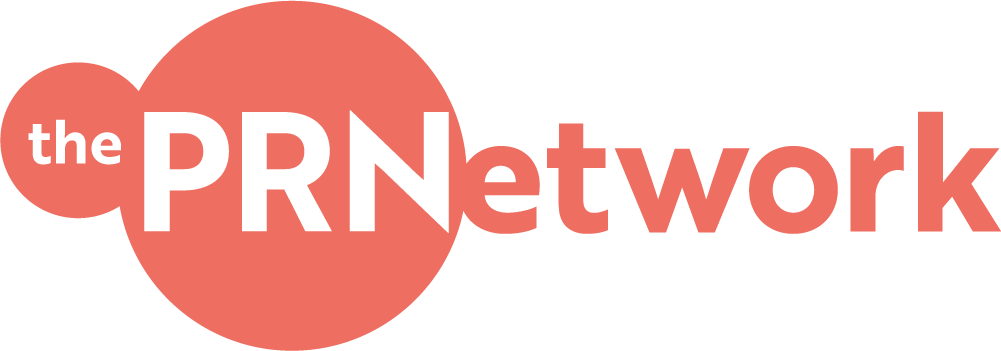PR insights from India
India is set to become one of the world's fastest growing economies over the next decade. With a young and fast-expanding population, what should brands be considering when it comes to navigating its vast media landscape?
Our trusted associates 80 dB Communications, headquartered in Gurugram, India, share some useful insights as part of our Global PR series:
💡India is the world’s largest printed newspaper market with 100,000 registered newspapers and a readership extending into the hundreds of millions. Its decentralised structure and widespread digital integration sets it apart from the UK where major business newspapers are clustered in London. Leading business titles such as 'The Economic Times', 'Business Standard', and 'Mint', broadcast media, magazines, and general dailies have a robust presence across major metropolitan cities, including Delhi, Mumbai, Bangalore, Chennai, and Hyderabad. This geographical dispersion allows for wide-reaching influence and caters to English-speaking and urban audiences
💡Due to the vast linguistic diversity, regional papers in Hindi, Tamil, Bengali, and other languages also hold significant sway and command larger readerships than their English counterparts. Publications like Malayala Manorama in Kerala, Dainik Bhaskar in the Hindi-speaking belt, Kannada Prabha in Karnataka, Eenadu in Andhra Pradesh, Ananda Bazar Patrika in West Bengal, and Amar Ujala in the north have deeply entrenched audiences. Depending on the target demographic and geographic focus, brands should tailor their media mix to include a balance of national business dailies and regional powerhouses to optimise reach and impact
💡Like the country, the business stories currently dominating our press are dynamic and complex. It’s a melting pot of corporate news, executive movements, international investments, and startup announcements (India is the third largest startup ecosystem in the world). With the next general election on the horizon, media strategies are also starting to shift. There’s a focus on political advertising, debates on economic agendas, and analysis of party promises. Media space is becoming more competitive as the narrative shifts to how business intersects with politics. Brands can navigate this by aligning their communication with the heightened political discourse, ensuring their messages resonate in a climate where economic policies are front and centre in the public consciousness
💡By 2025, India is set to exceed one billion social media users. Key platforms like LinkedIn (India being its second-largest market) and Instagram (India having the world's largest audience) are reshaping engagement. Nearly 60% of Indian LinkedIn users fall within the 25-34 age group, while Twitter counts India as its second-largest market. This growth is changing how the younger demographic, largely smartphone-dependent, interacts with news.
Looking to add India to your global markets? Please get in touch!
